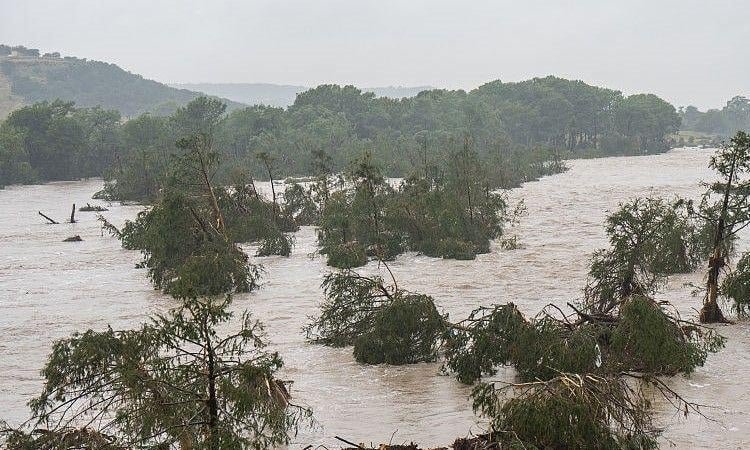3
By Masudur Rahman | Writer and Journalist
Bangladesh is witnessing significantly higher rainfall this year, with climate change being cited as a key factor. As a result, farmers across the country are suffering severe losses, particularly in rice cultivation, the nation’s primary agricultural activity.
Bangladesh, predominantly an agricultural country, depends heavily on rice farming. This year, farmers had prepared seedbeds with great hope for a good harvest. However, torrential rains have submerged and destroyed nearly 90 percent of these seedbeds. Thousands of hectares of cropland have been affected, and many farmers are struggling to recover. Despite replanting their seedbeds after the initial devastation, continuous rainfall has left them deeply worried about the future of their crops.
Meteorologists have expressed concern over the unusual rainfall pattern, particularly the sudden onset of monsoon-like rains at the beginning of Chaitra (mid-March), which is uncommon. Historically, Bangladesh receives an average of 52.2 millimeters of rainfall in March. However, this year the total rainfall has already surpassed 300 millimeters—far exceeding expectations. Notably, Feni district alone recorded 181 millimeters of rain.
The Bangladesh Meteorological Department had forecasted below-average rainfall for the month, but reality has defied their predictions. In response to this anomaly, the department has held a special meeting to investigate the cause of the excessive rainfall. Experts have attributed the phenomenon to climate change and other complex meteorological factors.
Meteorologists believe that the increased rainfall may be linked to the influence of easterly winds and a significant global weather pattern known as the Madden-Julian Oscillation (MJO). This atmospheric disturbance moves across tropical oceans and is known to enhance rainfall in regions it affects. In February, the MJO traveled through the Arabian Sea into the Indian Ocean and entered the Bay of Bengal earlier this month. This movement caused the Indian Ocean and the Bay of Bengal to warm significantly, creating conditions conducive to heavy rainfall in Bangladesh.
As a result of these combined influences, rainfall in Bangladesh has increased by 11.3 percent compared to previous years. Unlike typical seasonal rains that are accompanied by gusty winds, the current rains have been slow, persistent, and torrential—resembling those of the monsoon season.
With more rains likely in the coming weeks, farmers remain in distress, fearing further damage to their crops and livelihoods. The impact of climate change on Bangladesh’s agriculture sector is becoming increasingly evident, prompting calls for urgent adaptation measures and support for affected farmers.

